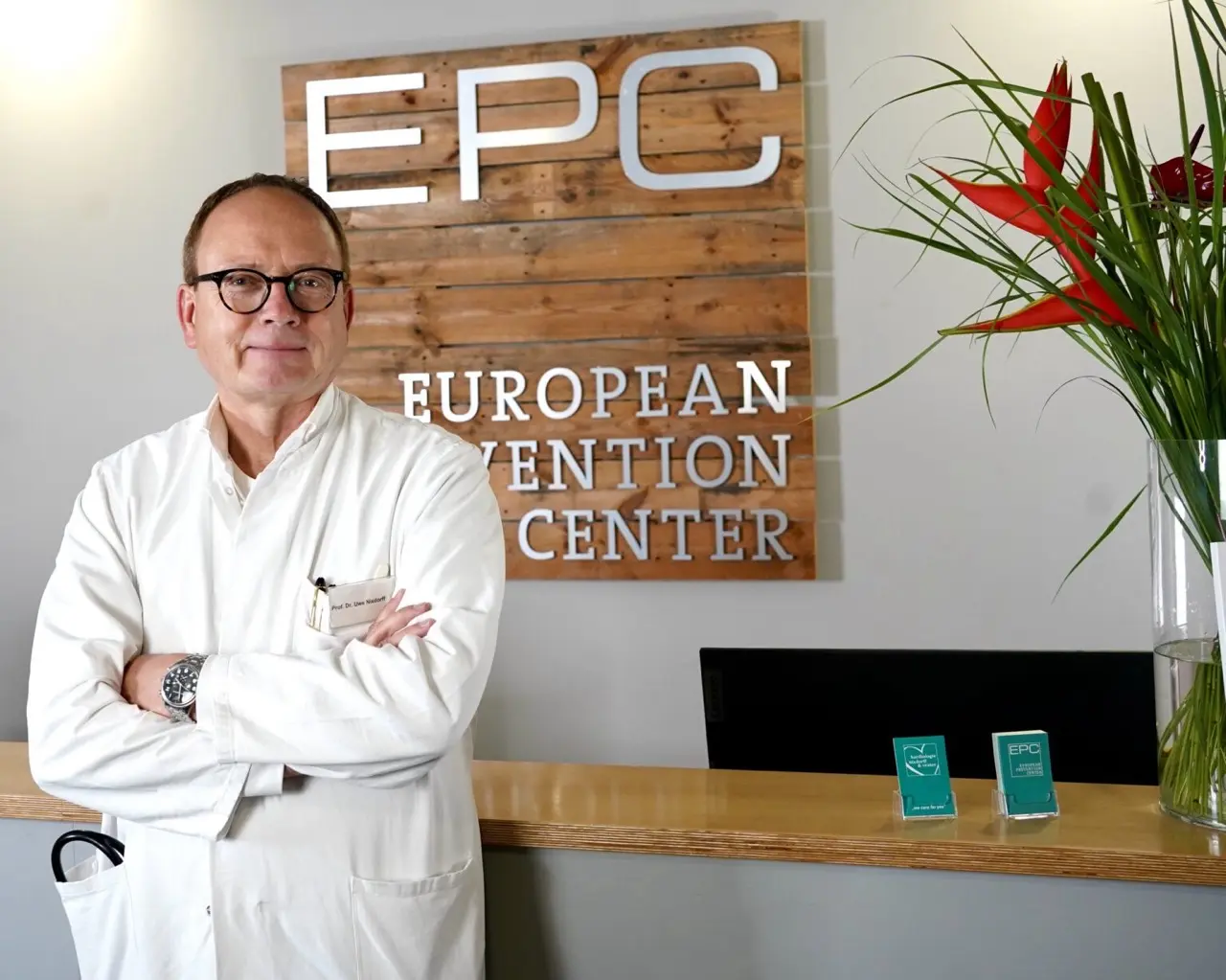Severe weather, earthquakes, war, serious accidents - every day many things happen that we describe as traumatic. But what exactly is a trauma? How can and should you deal with it? Is it curable and if so, how? PQ author Margit Hiebl spoke about this with Prof. Dr. Roland Weierstall-Pust.
The psychologist and psychological psychotherapist is internationally active as an expert in the field of stress and trauma-related disorders and has, among other things, contributed to the current revision of the treatment guidelines in Germany.
What is understood by trauma?
Originally, the term "trauma" means wound. In psychotherapy it mainly refers to psychological injuries that arise from experiencing or witnessing threatening or shocking events. Many people initially think of serious experiences such as physical or sexual violence or situations in which someone was directly threatened with death, such as during an assault.
What is a trauma?
But not only man-made Trauma also play a role. Even fateful events like accidents or natural disasters can have traumatic consequences. In a time when environmental changes are increasingly having noticeable consequences, it may therefore also become more important in the future to consider environmental stressors as potential trauma factors - especially when there are fewer places on Earth where people can feel safe from them.
What other forms of trauma are there?
We must not neglect psychological violence in particular, which can extend to the so-called "white torture," where people are exposed to extreme psychological violence without visible physical abuse. This form of violence can be just as devastating to the psyche.
Emotional and psychological abuse, such as severe bullying, is often not classified as classical trauma but can produce symptoms similar to Post-Traumatic Stress Disorder (PTSD). Chronic stress in early childhood, such as abuse or neglect, is particularly severe.
These often leave profound damage in the developing organism. Therefore, it is crucial that children and adolescents grow up under the best possible conditions and are also supervised by qualified professionals in schools or clubs. Considering that an estimated one-third of people experienced neglect or abuse in their childhood, it becomes clear how important it is to protect the little ones.
Life events like divorces, retirement, or pregnancies can also involve significant stress but aren't classified as traumas, though they often come with enormous demands for adjustment, and some individuals may develop psychological distress as a result of such events.

















